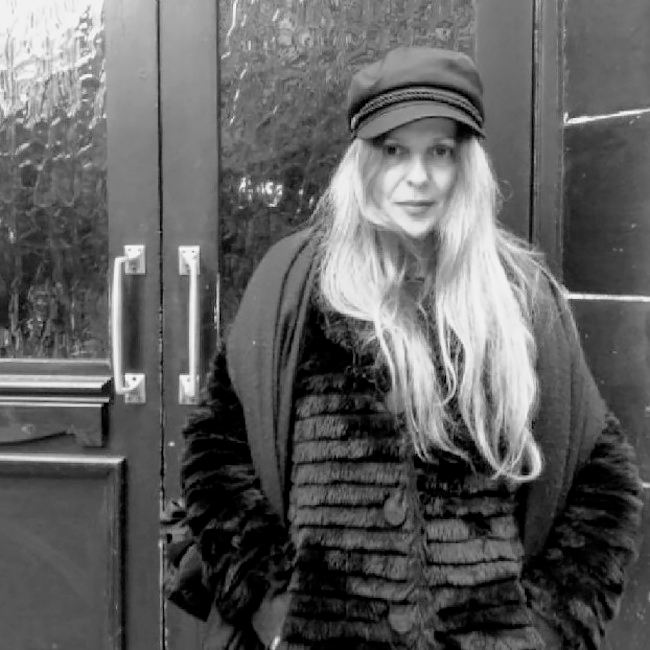Nieves Mingueza is a lens-based, mixed media artist working with experimental photography, collage and text. Born in Spain, based in London. The often-cinematic themes in her projects have in common her fascination with old books, film stills, vintage cameras, poetry and minimal drawings. Ultimately, Nieves' work is about the foggy relationship between fiction and reality. In addition, she is currently exploring about immigration, mental health and human conflicts.
Nieves' work has been exhibited widely, including Copeland Gallery -Peckham 24-, les
Rencontres Internationales de la Photographie d'Arles,
Fondazione Giorgio Cini,
Retina Scottish International Photography Festival,
The Royal Academy of Arts,
PhotoEspaña,
Saatchi Gallery and
Tate Britain. Publications that have featured her work include
Editorial 8mm,
Fisheye magazine,
Der Greif magazine,
Low Light Magazine,
Shots magazine,
Eyemazing,
Sarmad Magazine,
YET Magazine and
L'oeil de la photographie, among others. Lens Culture also featured a selection of her works.
Recently, in July 2019, her first monograph book was released by IIKKI Books Editorial.
About The malady of Suzanne
"A few months ago, I moved to my new flat in South London. Once settled in my new home, I realised that the building had previously been a mental health hospital. In this hospital, people with mental health issues were treated and helped to reintegrate into society.
One night, I was relaxing, reading in my living room. There was a sepulchral silence, and suddenly I heard a noise coming from the ceiling. I was scared and I noticed that there was a small loft. The next day, a neighbour helped me open the loft. Unexpectedly, we found a suitcase that contained photos, letters and documents that had belonged to a woman named Suzanne.
Reading her letters, I learned that she was a Vietnamese woman who had been a teacher in her home country. There, she fell in love with an Englishman, and finally they decided to move to London together. This happened in 70s. Apparently she began to experience signs of a rare disease: loss of speech and isolation behaviour.
I also found out from her documents that she had changed her name in London, because her real name was very difficult to pronounce for English people. She called herself Suzanne in honour of Leonard Cohen's song.
By combining found archives with my documentary photography work, I am exploring the story of a Vietnamese female with mental issues in 70's London. This is an on-going project about the complex relationship between memory, immigration, mental health and human conflicts.
Additionally, is there any reciprocation between Suzanne and myself? We have both lived in the same space. I am an immigrant in London, I work in a school, and I have modified my name because it was difficult for my students to pronounce. I also love silence. " --
Nieves Mingueza
